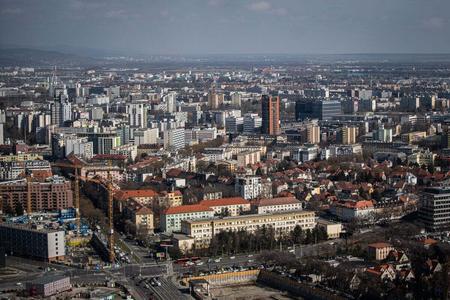In Slovakia, there is a rental home market that housing policy experts refer to as a grey zone.
These are flats built under the communist regime, and in the 1990s tenants entered into leases for an indefinite period, but unlike the vast majority of people, they did not buy them.
The flats are officially owned by municipalities, but the contracts practically cannot be cancelled. The Civil Code even allows for children of the renters to continue the contracts when their parents die.
In addition, the rent in the flats is regulated and its amount has not changed for 15 years, so in today's terms it is rather symbolic.
Towns lose out on this, because the low rent does not cover the costs of flat maintenance. Even the tenants partially lose, because the former do not want to invest in the flats. These homes are often in poor condition due to age.
There are thousands of them, no one knowing the exact number. Even the last population census did not give a clear answer.
For example, out of all the rental flats in Bratislava about 10 percent are under indefinite contracts. In particular, the Staré Mesto district has 141 rental flats and up to 77 for an indefinite period.
"It's a tragedy because the rental market has become, in a way, the ownership market," says Elena Szolgayová, a UN housing expert and formerly headed the housing section at the Transport Ministry.
Officially, these flats were for sale until 2016. Their price was regulated and cost only a few thousand Slovak crowns, or a few hundred euros.
The vast majority were indeed sold, but a small number remained under the ownership of towns for various reasons.
According to Szolgayová, sometimes people really did not have even such small amount of money, but speculations could have also been behind it. The tenants can use the flats during their life and pay less. It is an open secret that some people even rent these flats for commercial prices.



